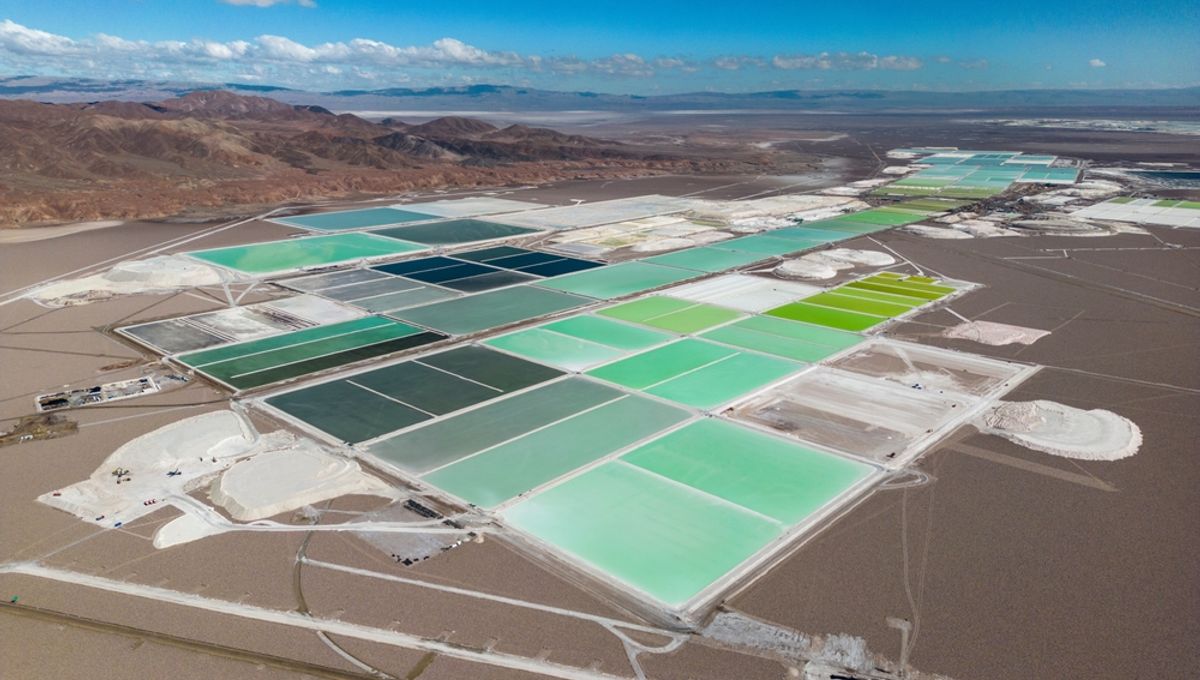Did you know that the McDermitt caldera, located in southeastern Oregon and northern Nevada, could potentially hold the largest lithium deposit in the world? Experts estimate that there could be a staggering 20 to 40 million metric tons of lithium within the sediments of this volcanic depression.
If these estimates are accurate, the McDermitt caldera would surpass Bolivia’s salt flats, which currently hold around 23 million tons, and become the record holder for the biggest lithium deposition on the planet.
This discovery has the potential to revolutionize the global lithium market, impacting factors such as price, supply security, and geopolitics. Anouk Borst, a geologist at KU Leuven University, believes that this deposit could be a game-changer.
A recent study conducted by the Lithium Americas Corporation sheds light on how this massive lithium deposit was formed. According to their theory, a significant eruption approximately 16.4 million years ago pushed minerals from deep underground to the surface, resulting in a rich scattering of lithium-rich smectite clay. The eruption and subsequent collapse created faults and fractures, allowing lithium to seep towards the surface. This intense process transformed smectite into illite, a mineral that can be processed for lithium.
It’s important to note that the lithium-rich zone is not evenly distributed throughout the caldera. It has only been identified in the southern half, around Thacker Pass, and to the north in the Montana Mountains.
With a better understanding of how and where these lithium-rich deposits formed, the Lithium Americas Corporation can now focus their efforts on mining the area effectively. Tom Benson, the author of the study, emphasizes the significance of this knowledge in shaping their exploration strategy.
However, the feasibility and impact of harvesting this valuable metal raise important questions. Lithium is a crucial component in rechargeable batteries, which are essential for the transition to renewable energy. Global demand for lithium batteries is projected to increase fivefold by 2030.
Despite the potential benefits, concerns have been raised about the proposed open-pit lithium mine in the McDermitt caldera. Environmentalists and local Indigenous communities argue that this project will industrialize their cherished land and disrupt their way of life.
As the debate continues, it is clear that the McDermitt caldera holds immense potential but also raises complex ethical and environmental considerations. The study, published in the journal Science Advances, provides valuable insights into this fascinating geological phenomenon.








